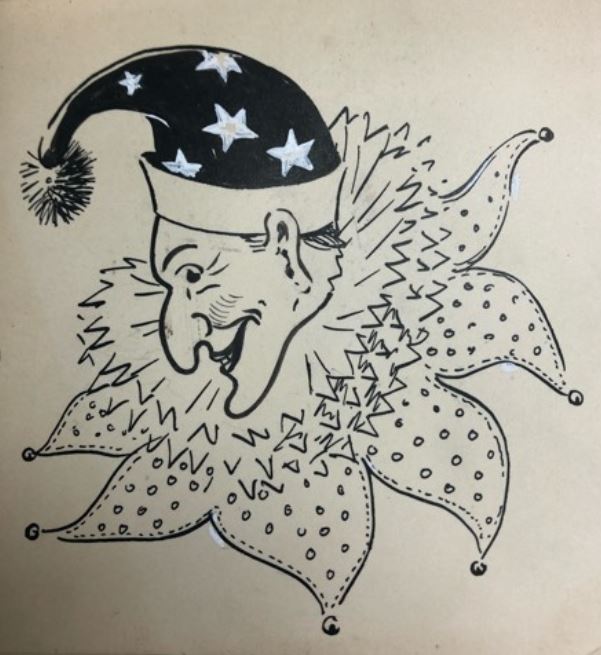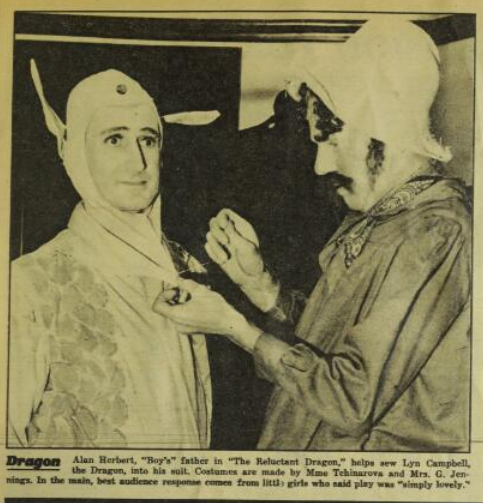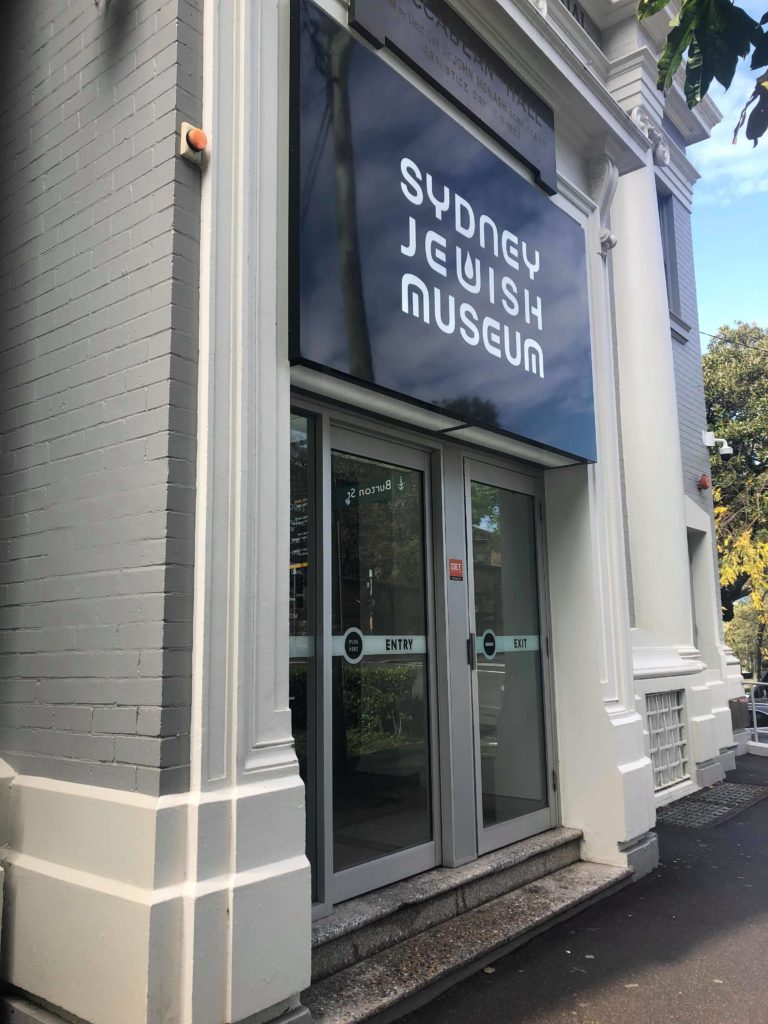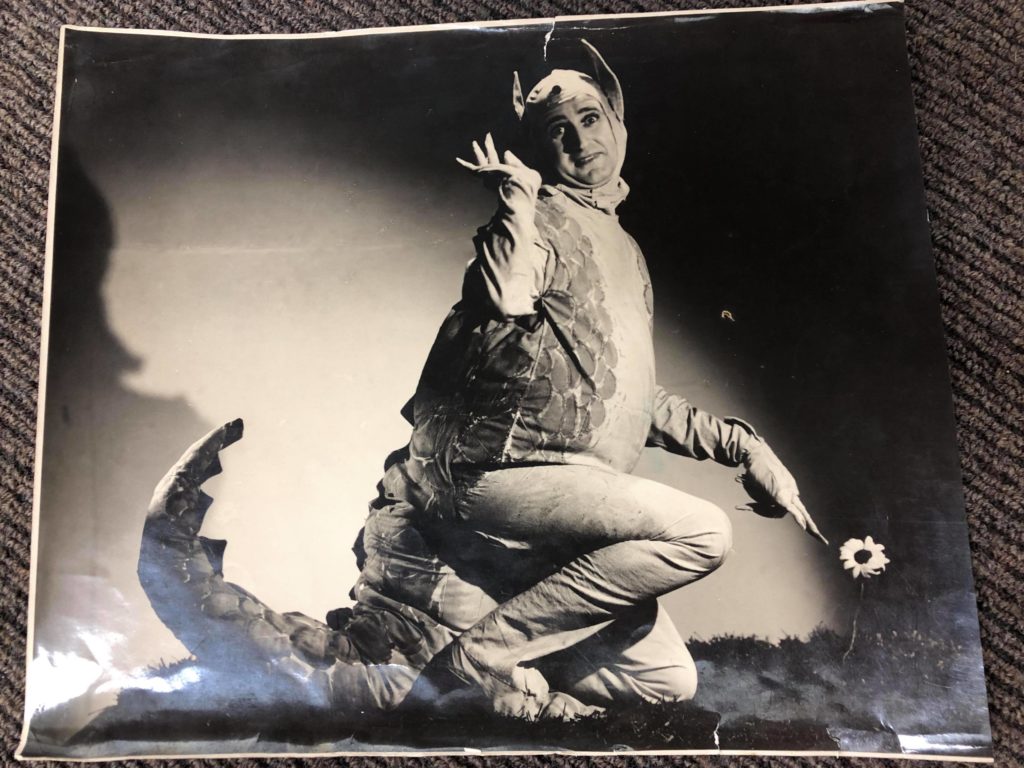
For my History Beyond the Classroom project, I collaborated with the Sydney Jewish Museum (SJM) to create a website that serves as a digital archive and education resources collection. In September 2019, a collection of photographs, plays, letters, newspaper clippings and logbooks were donated to SJM in a cabin sized suitcase which was filled to the brim. This collection, donated by Dr John McIntyre, centres around the Theatre for Children, which was run by a Jewish woman in Sydney from 1937-1957. The director of the Theatre, Rosemarie Benjamin, was extremely passionate about children’s theatre, education and psychology.
Eating, Working, and Learning
What I will remember most from my time spent at SJM is the warm, inviting atmosphere of the museum. Every Friday morning, I was invited to eat traditional Challah bread with the staff and other volunteers. We also went to lunchtime lectures together which helped me to learn more about the Holocaust and Jewish history from the museum’s resident historian and education team.
Two Teams: One Website
My project is particularly innovative as it will be one of the first online resources created for Stage 3 students by the Sydney Jewish Museum. The Education team at SJM were keen for me to make activities and resources for English for Stage 3 students, as this was an area in which they were lacking. This included writing comprehension questions, writing tasks and a questionnaire about the six plays uploaded to the website. These resources were also designed directly from the English Stage 3 Syllabus, to make the activities accessible and simple for teachers.
I was also part of the Curation team, which was why I conducted a lot of research into the collection, Trove and academic articles written by John McIntyre. The collection that was donated easily has three hundred documents in it, and gives a unique picture of Benjamin as an entrepreneur and advocate for children’s theatre.
The main audience for this website is Stage 3 students, in regional and suburban New South Wales. Having this collection of artefacts from the museum published online makes SJM more accessible for teachers and the general public, especially for those who aren’t able to physically visit the museum.

I think the most significant impact I’ve felt with this project is the preservation and dissemination of this otherwise unknown story about children’s theatre in Sydney. The successes and failures of this theatre highlight the economic difficulties experienced by those during the inter-war period, World War II, and the 1950’s. I have become very passionate about retelling the story of this theatre, and in particular, emphasising Rosemarie Benjamin’s passion and advocacy. Her determination to provide entertaining and educational plays for young children is evident in the fact that the theatre was self-funded.. As SJM is yet to upload their database online, the digitisation of this small part of their collection is also an important step in making the museum more accessible. I have also included both PDF and Word Doc versions of the plays, a full character and props list, and the length of the plays. This is to make reading and selecting the plays as smooth and informative for the teachers as possible.
Designed by the Professionals:
I will be passing on my website to SJM’s marketing team, so that they can convert my website onto their own website generating platform. With this in mind, I have tried to mimic SJM’s colour scheme from their website and education booklets, to make the design process more seamless. Once it has been edited by the marketing team, my website will be launched on the new Teacher’s Membership Platform. which will allow students in more rural and regional schools, who can’t visit the museum, to access the collection digitally.

Challenges vs Opportunities:
This project certainly had its challenges, including the complexity and brevity of the collection, my lack of website editing knowledge, and the fact that I am not training to be a teacher. I chose to see this project though as a chance to digitise part of the museum’s artefacts, and as an opportunity to gain some experience in web design and producing education activities. This allowed me to see history through a more modern, digital, and educational lens, and to expand my skill set and understanding of how history is portrayed in the public sphere. It was also quite difficult upon reading some of the plays and guides, as some of them included quite racist and sexist material, despite the young target audience. I have deliberately added a disclaimer to make my, and SJM’s position clear on these issues. Whilst I personally disagree with the racist and sexist remarks in some of the plays, and know that the Sydney Jewish Museum does not support this or any type of discrimination, I felt that it would be historically accurate to preserve the original version. I also believe that it is not right to change what’s written in any play, literature or historical source, despite my lens and perspective on these matters being vastly different to the opinions that Benjamin expresses. In particular, I, and the Sydney Jewish Museum do not condone, endorse or support any racist, sexist or culturally vilifying behaviour, whether they be verbal or written, and will therefore be writing an ‘updated’ or modern version of the play which removes these words and lines, which will also be available on the website. The remarks made by characters, especially in Martha’s Toyshop and Katherine and Frederick, are a product of their time, and whilst this doesn’t excuse the opinions conveyed in these plays, I will later be amending them so that teachers can decide which versions to teach. I have also provided teachers with a possible activity idea around this topic, linked with Outcome HT3-3 of the History Stage 3 syllabus. This way, the teachers don’t have to perpetuate the vocabulary and opinions from these plays, thereby teaching students the importance of respect, understanding, communication and historical perspective.
The Future:
I’ve discussed staying on with SJM for another couple months to continue transcribing the other seven plays, and to accession the collection into their database called Adlib. I’m glad that this collection will survive in the museum’s database and through the website I’ve created. I’m also planning on providing a guide of how to use Wix and my thought process in designing the website, so that if the museum should want to add to it in the future, or complete a similar type of project, they can do so.


